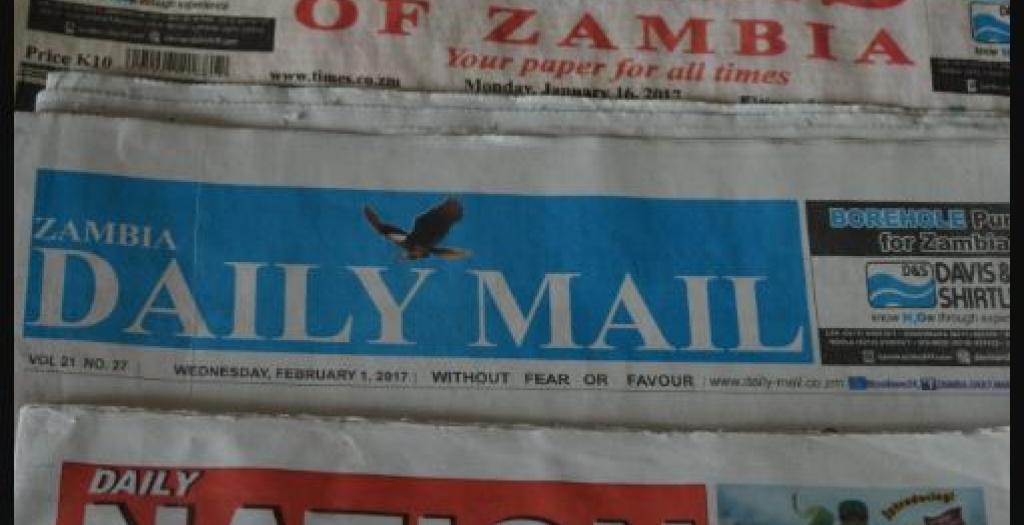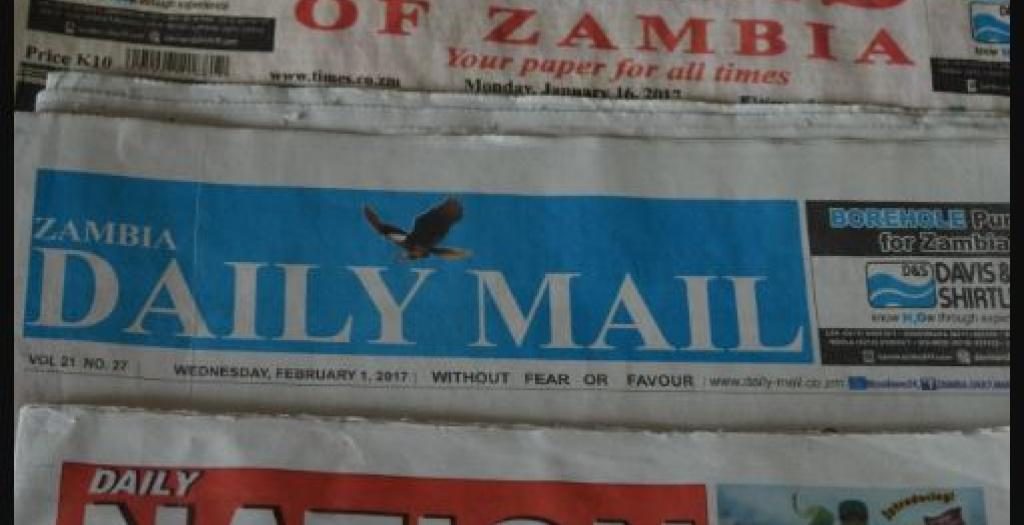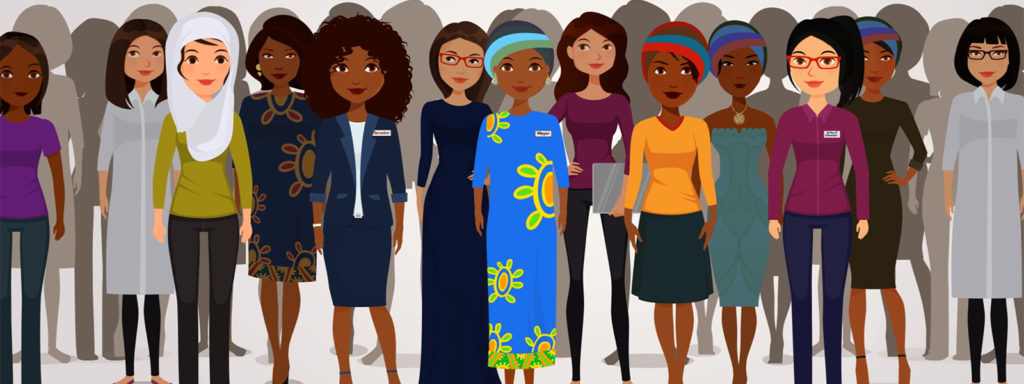Panos Monitors Representation of Women in Zambia's Media
Panos Institute Southern Africa (PSAf), with support from Hivos Southern Africa, is conducting a monthly content analysis to monitor the media’s coverage of women in Zambia.
The initiative is part of the Women Empowered for Leadership (WE4L) project, in which PSAf is a partner, implementing to increase the positive public image, credibility and visibility of women leaders in Zambia.
The reason why monitoring the media’s coverage of women is important is because the media plays a critical role in creating and shaping public beliefs and attitudes, thereby influencing how public opinions on various issues are formed. Media coverage of any issue shapes public debate, which in turn sways public opinion either negatively or positively. This holds particularly true for public attitudes towards women’s role in society.
“We are doing this media monitoring to generate evidence that will inform our advocacy to influence positive media coverage of women in Zambia. We want to establish the quantity of coverage of women in the major newspapers, and also to determine the quality of that coverage. This information will be very useful in our media based advocacy,” said Ms. Lilian Saka-Kiefer, Executive Director, Panos Institute Southern Africa.
Due to the power of the media in influencing public opinion, negative media coverage of women in general, and the profiles and capabilities of specific individuals, can ultimately undermine their credibility, reduce opportunities for equal participation of women in leadership and other productive roles, and entrench retrogressive stereotypes that have long hindered women’s participation in leadership and influence.
Therefore, any efforts to champion women’s empowerment and political and public participation cannot afford to ignore the impact of negative media coverage of women. PSAf knows from experience that negative media narratives about women can easily turn public opinion against those who seek leadership roles by questioning their credibility. This reduces women’s influence and hinders them from participating in public life, eventually denying them an opportunity to advance.
The content analysis is part of critical interventions that PSAf aims to employ to ensure that the media contribute to a more positive public image of women that can create a likewise more positive public opinion regarding women who seek positions of leadership. This media monitoring process is the starting point and is aimed at generating evidence that can be used to advocate for positive coverage of women. The data generated will be used to lobby media bodies, journalists, editors, policy makers and civil society to promote positive profiling of women as a tool for advancing women’s empowerment for leadership.
It is anticipated that the findings of the study will contribute to identifying and addressing gaps in the media’s coverage of women, and addressing the limited participation of women in leadership.



